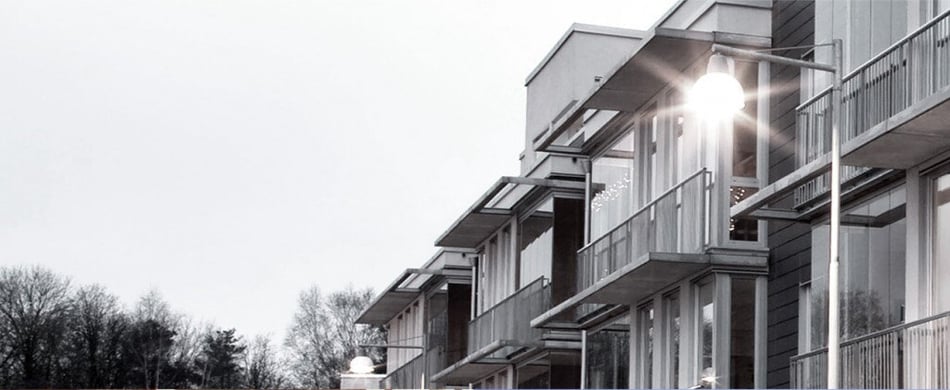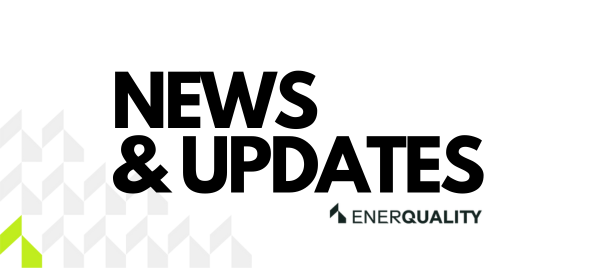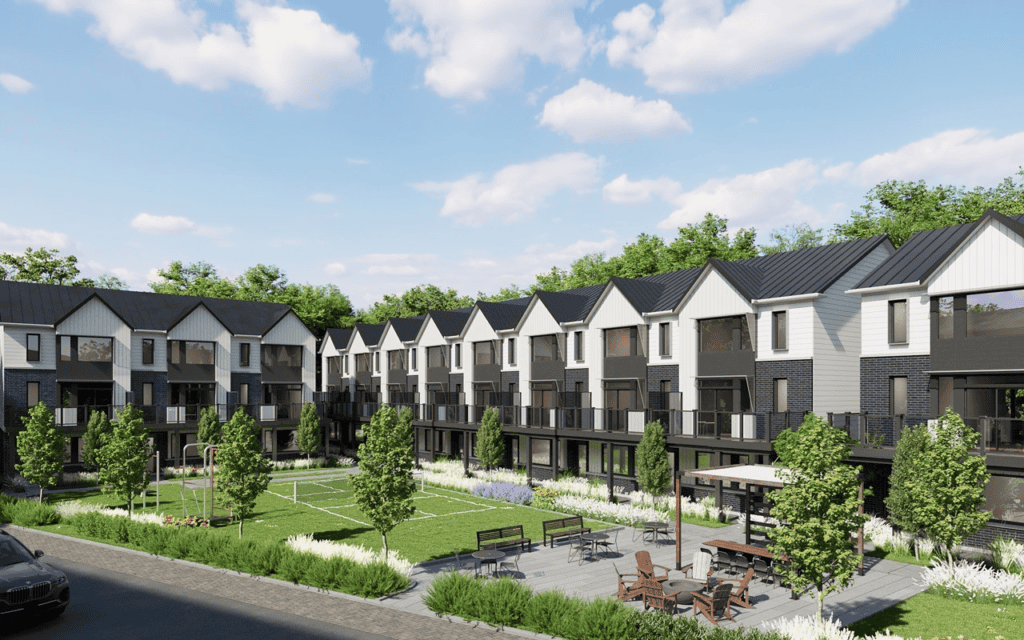
(Article courtesy the Financial Post)
OTTAWA — Government officials are crafting tougher building codes that could make both new homes and renovations of existing properties more costly in coming years, part of Ottawa’s wider plan to cut greenhouse gas emissions.
Natural Resources Canada is currently in consultations to implement stricter building models to meet significantly higher energy efficiency standards — a change that could force homeowners to use costlier materials during renovations, and raise the average price of new homes overall, according to government officials and business associations.
Philip Rizcallah, the director of research and development at National Research Council Canada, said in a senate committee meeting on Oct. 19 that the cost to build an average new home could rise substantially to meet the updated building models.
“With a typical home, we could estimate it would be about a $35,000 increase on that construction,” Rizcallah said.
“But we’ve also heard numbers half of that already,” he said, adding some have said it would cost $15,000 to make improvements and build a home to meet the net-zero requirements.
The changes could mean homeowners would have to meet stricter building codes during renovations, such as installing heavier grades of insulation, sealing off windows and doors or installing more energy-efficient appliances.
Business associations and some homebuilding companies have cautioned against phasing in the changes too quickly, which would force people to install expensive new technologies before they are part of the mainstream. The changes would make federal building guidelines much more focused on energy efficiency, marking a significant shift from past models that focused more exclusively on safety and cost.
“You’re talking about $30,000, $40,000, $50,000 on top of the price of an existing home to meet the targets that they’re setting out. Our concern is always what this will mean for affordability,” said Kevin Lee, the CEO of the Canadian Home Builders’ Association, noting that while he supports the general intention behind the policies, there is some uncertainty, particularly around tighter codes for existing structures. He also stressed that the policies are in their early stages.
“The next incremental steps are going to be more expensive, and may in fact not be cost-effective,” Lee said.
The proposal comes as the Liberal government moves ahead with a suite of policies aimed at reducing GHG emissions, including a federally mandated carbon tax, federal methane regulations, policies to incentivize zero-emissions vehicles and plans for a clean fuel standard.
In a 2015 report, the International Energy Agency said Canada was a long way from meeting its 2020 and 2030 climate targets, despite tougher environmental policies introduced by Ottawa and some provinces. The agency suggested tightening building codes to meet Canada’s challenging climate goals.
In 2014, 17 per cent of Canadian GHG emissions came from buildings, including the electricity generation used to heat and cool those structures. Canada’s per capita energy consumption remains among the highest in the world.
“The building sector is a significant contributor to Canada’s greenhouse gas emissions, and the transition to a low-carbon economy requires action to make both new and existing buildings more efficient,” NRCan spokesperson Alex Deslongchamps said in an email.
Ottawa announced the new building codes in its Pan-Canadian Framework in late 2016, which was signed by all provinces, except Manitoba and Saskatchewan. The new federal models, if adopted, would be the first time that renovations on existing buildings are expected to meet more rigorous building standards.
The government plans to establish its guidelines for existing buildings by 2022, and hopes to establish a separate, updated guideline for new buildings by 2020. The model for new buildings aims to gradually require homebuilders to meet a “net-zero ready” environmental standard by 2030. The federal government typically updates its building models every five years, and the provinces and territories can choose to adopt those models as their mandatory codes. Federal building provisions were last updated in 2015.
Proponents of high-efficiency homes argue that total costs over the life of the investment are in some cases lower, due to lower energy bills over long periods. Costs also continue to fall as construction companies take a more modular approach to building complex structures, and new technologies bring costs down.
High energy-retentive structures, sometimes called ‘passive’ buildings, have improved rapidly in recent years, said Stephen Pope of Ottawa-based CSV Architects, a company that designs passive commercial buildings. High-efficiency homes now require very little cost to keep homes heated.
“It’s very easy to compress, and almost get rid of, the heating requirements,” he said.
A 2014 study conducted by the Acadia Centre for Natural Resources Canada found that every $1 invested in energy efficiency programs translates into between $5 and $8 in GDP growth, typically through savings on energy bills that are returned to the economy.
Researchers say improving energy efficiency is a highly effective, yet often overlooked, route toward trimming GHG emissions.
“Efficiency should be seen as a first fuel,” said Karen Tam Wu of the environmental organization Pembina Institute in Vancouver. “It is really the lowest-cost and greatest abatement measure that can be employed.”
Tam Wu said that the up-front costs to buy energy efficient homes or retrofit existing buildings in an energy efficient way can be reduced through government tax credits or rebate programs. But such programs rarely last long enough for consumers to know that the credits or rebates are available to them, she said.
The Harper government introduced its ecoENERGY Retrofit program as part of its massive stimulus package during the recession, which was granted to more than 250,000 homeowners in Canada. The program provided homeowners up to $5,000 to retrofit old insulation, doors, windows and rooftops with more eco-friendly alternatives.
It was scrapped in 2012 a few months ahead of schedule. Studies show that in the absence of such credits, energy efficient retrofits fall markedly.
jsnyder@nationalpost.com



